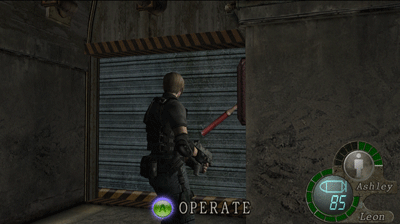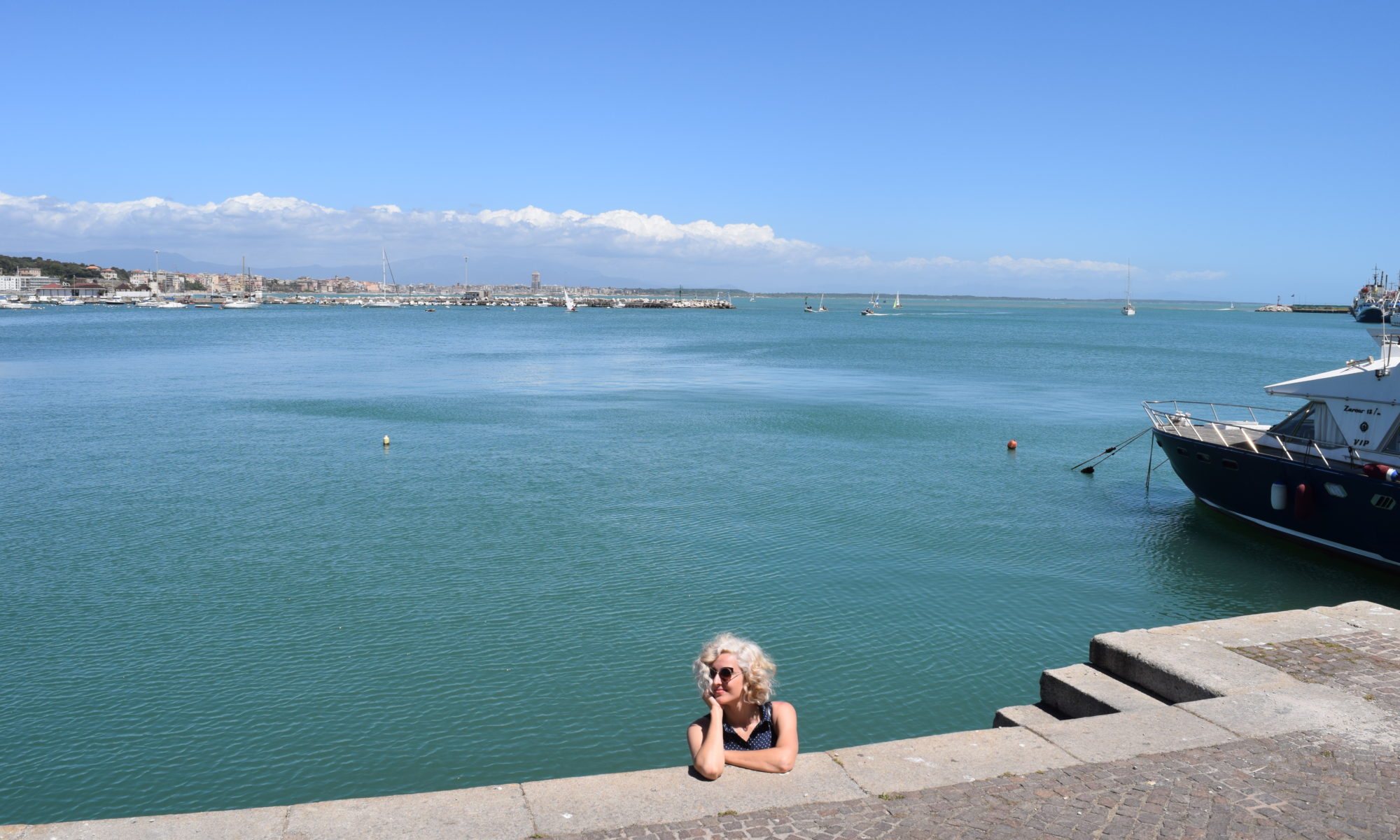Well, over than one month after Oniken’s release, I guess we are in a good position for discussing what went right and what went wrong at launch. But, before I start, I’d like to note this is a plan for a indie game launch. Really, really indie. This means, we had the total amount of zero dollars to use for communication even though we recognize communication is one of the most important things in any game launch. As such, all strategies used on Oniken were thought to maximize our coverage in all ways possible counting on press only, since no dime could be expend on ads [I´m including paid reviews on ads sections since there is not much difference in the financial point-of-view].
The right time is of the essence
First of all, I’d like to point out Oniken is a two year and three months project (it began around March of 2010), which most of the this time was of development in silence. Of course, the project was discussed between friends and in some internet forums, however the total number of people who knew about the project was probably around 15, at best. On May of 2011, more than a year before starting the project, Danilo set a dev blog on Blogger [now oniken.net ], where he posted about Oniken’s development. This blog was, for a long time, one of the most important thing your game will need at its early communication stage: a landing page, where anyone on the interwebs can gather relevant information about your game.
But even setting something simple as the landing page involves a tricky thing: timing. I believe one of the most important things on Oniken’s development is the exact timing of the creation of this land page and I’d like to suggest it to any indie and small developers around. No one knew about Oniken when it was alpha and that very important for the first stages of the development of a game because, during this period, many things change and devs need to move on fast. If tour game already have a big commotion around it, changing anything can make many fans upset. This, by its turn, can lead to other two dreadful things: or you will get attached to features that won´t add up to [and might even harm it!] the final game just to not disappoint some fans or you might change those things and gain some haters. And boy, those guys can hate your game and tell everyone about it.
Something equally important at this stage: no, the press is not interested in showing up something that doesn’t even have a face yet. I see some some young folks sometimes with nothing more polished than an prototype going nuts after game journalists, trying to publish their stories by all means. Don’t be this guy. New game projects are started all the time, but not all of them have developers that can take the project until its final stages, and journalists know that. They write about good stories that have any future and, with all the respect, a prototype is not a good story yet. It can be, if you put enough effort into it, but if the journalist says it can´t write about your game yet, don´t push the line: you are not only making him not write about your game now, but probably also making him not write about it for ever.
When Danilo set up the blog, Oniken was more than a year old; it:
- had all main mechanics and plot set up;
- was half-way done;
- had its all art direction and style defined, even though not all of it was done.
So, it was a pretty mature project, on its perfect stage to be known. So, please, write this up in your bathroom mirror and read it every day: Don’t show your game to the world until it is ready for it.
Start Slow
Ok, so in May of 2011 we had a working game, Danilo and Pedro were developing Mission 4 and we had a free beta (I´m not discussing betas and demos here for the lack of time, but they are really important to let people know how your game feels; don’t underestimate them). Good time to let let everybody in press know about it, right?

Even though it was ok to be known, something you have to bear in mind is journalists can not write things about you unless they are, well, news. Sure, all of them can write the story about your super new game that is going to be released in six months and you will have a huge views peak in this week. But next week, when your site will be receiving ten views per day again, none of them will be able to write about your game again unless you have something new. And with six months until launch, nothing new is so relevant until launch itself. So, don’t talk to all sites and blogs all at a time, try to sparse them trough a long period at time, or at least, for several weeks.
With Oniken we were really luck to know someone in Brazil’s Kotaku. Marcus wrote this lovely post about Oniken on July, about two months after Danilo created the blog. Marcus post literally put Oniken on the map of brazilian indie development, but everybody knows home market is not enough to any indie game: indie games already gather not so much interest as AAA, restrict it to on country is like building your Minecraft cowshed all around one cow: not very productive. Luckily, IndieGames.com also posted this great piece on Oniken about the same period. These two posts enough to multiply by 10 our monthly views.
After all this exposure, we knew we had to keep Oniken on people minds, but we also knew we had, at least, six months more of development and not many “pressable” things to announce expect for Oniken´s main feature: its 8-bit aesthetic and fell. So, we slowed down contacting press people, but we actually never stopped doing it also. Here are some noteworthy posts of Oniken during this period.
This is how Oniken’s dev blog views stats was like:

After all that, we believed Oniken got pretty wide spread for an indie retro game made by some brazilian folks. By the end of 2011, we could more reasonable estimate Oniken’s launch for six months after that [and not after July, as previously thought], so I could organize myself for that. I can assure you, those last six months were the
most important part of our communication plan and I will tell you all about it… soon. Because this is already too long! See you next time!




